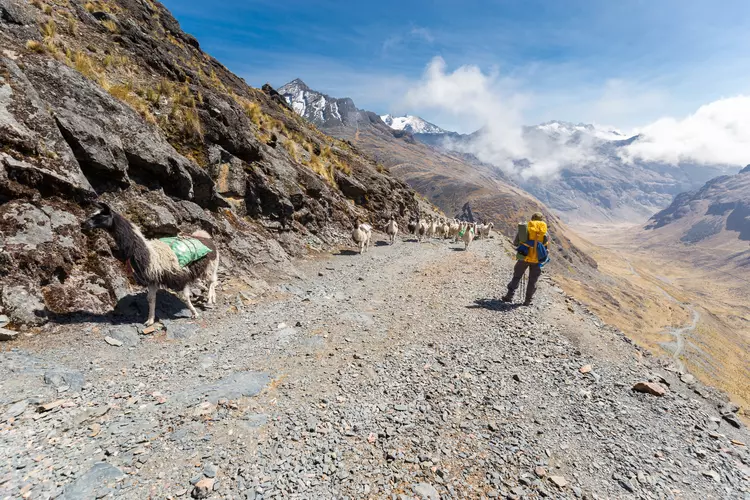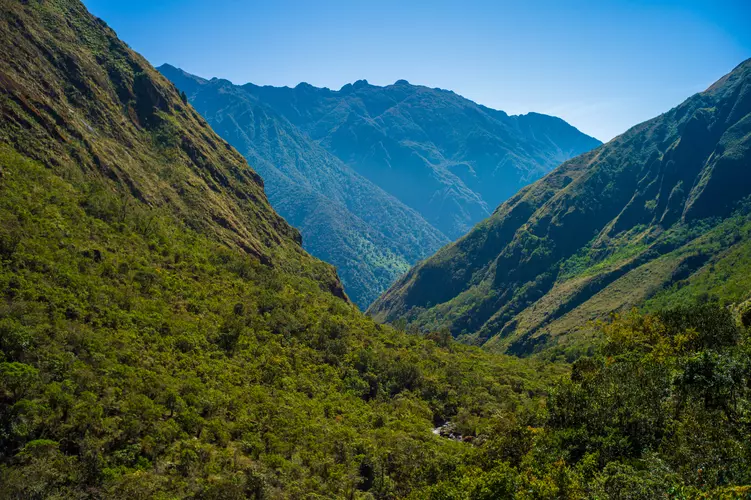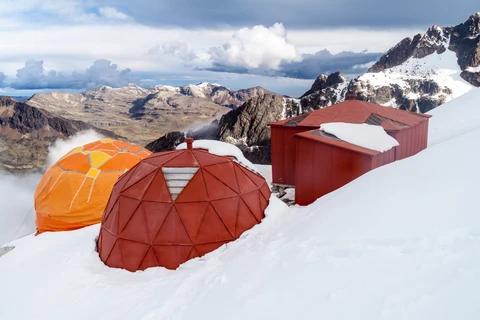"Unveil Bolivia's enchanting trails, blending awe-inspiring landscapes, rich culture, and thrilling adventures."
Embark on an unforgettable adventure in Bolivia, where the Andes meet the Amazon, offering a diverse tapestry of trails. Traverse the mystical Salar de Uyuni, the world's largest salt flat, or challenge yourself on the ancient Inca Trail to Isla del Sol, with breathtaking views of Lake Titicaca. Discover the lush Yungas Road, descending from snow-capped peaks to verdant rainforests. Bolivia's trails promise awe-inspiring landscapes, rich culture, and the thrill of exploration at every turn.
Most popular hikes
FAQs about hiking in Bolivia

The lowland tropical regions have a hot and humid climate, and hiking can be done year-round, although it can be quite rainy from November to March.
The Altiplano, home to the famous Salar de Uyuni, is cold but generally dry year-round. Hiking is most comfortable from May to November.



http://publications.americanalpineclub.org/articles/13201214913/Helicopter-Rescue-in-the-Bolivian-Andes















